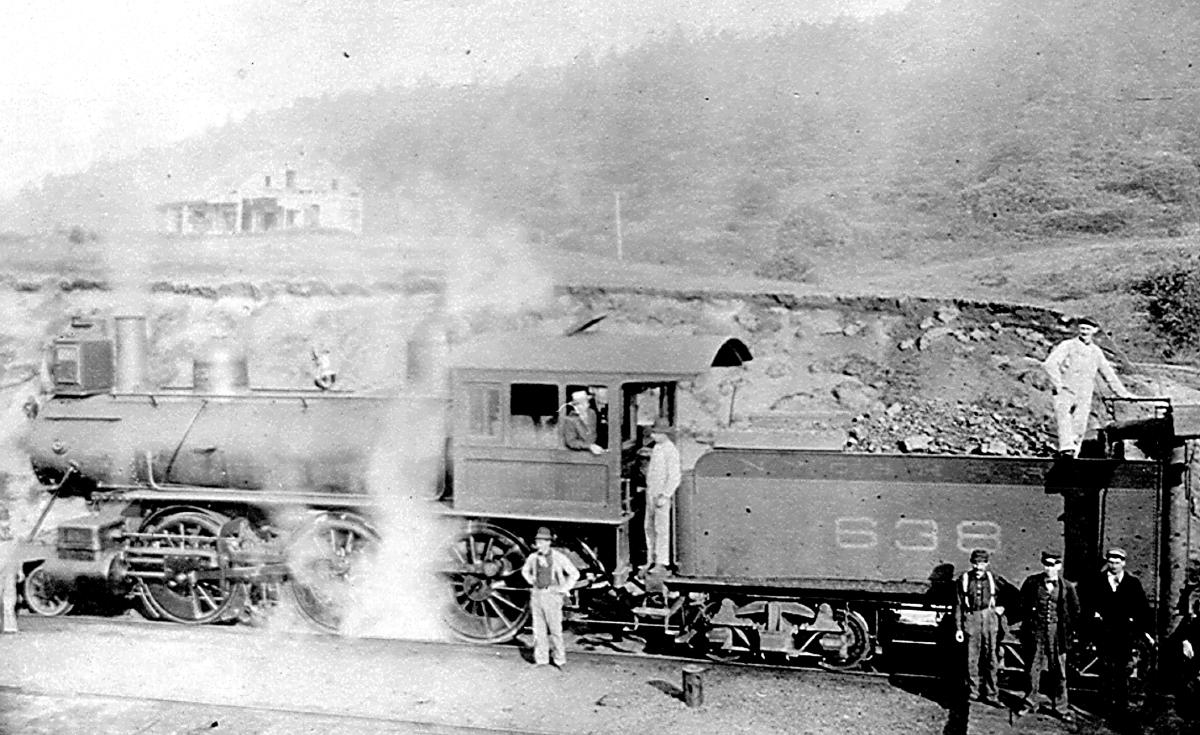Historical Value
One of the main social benefits of renovating and maintaining the railroad is historic preservation. The historic value of the railroad was officially recognized on November 5, 1993, when the railroad along the Corridor was listed on the State Register of Historic Places and again on December 23, 1993, when it was listed on the National Register of Historic Places. Relevant results of listing are that "Registered properties and properties determined eligible for the Registers receive a measure of protection from the effects of federal and/or state agency sponsored, licensed or assisted projects through a notice, review, and consultation process" and "Municipal and not-for-profit owners of listed historic properties may apply for matching state historic preservation grants" (Historic Preservation Office). Therefore, all construction along the Corridor (including making changes to bridges and buildings) must first be reviewed by the State Historic Preservation Officer, who is also the Commissioner of the New York State Office of Parks, under the National Historic Preservation Act or the New York State Historic Preservation Act. However, the Corridor's historic status does not necessarily exclude the possibility of trail construction. An economic impact study prepared by Camoin Associates and Barton & Loguidice claims that, "rail-to-trail conversions have been completed in other corridors in the U.S. that are also on the Historic Register." Camoin Associates and Barton & Loguidice do believe, though, that a rail-to-trail conversion would require an act of the State Legislature.
Some of the anonymous comments on the comment boards at a public meeting held in Utica displayed convictioin in the innate value of historic places and things. One comment, in particular, stood out: "many, many trails - one railroad - extreme to eliminate the only railroad - this is extinction."
This image is from www.webbhistory.org. On the website, the photo caption reads as follows: "Photo above taken in 1892 when Dr. William Seward Webb's Mowahk and Malone Railroad reached Fulton Chain, 2 miles south of Old Forge, N.Y." (Image is a link.)

